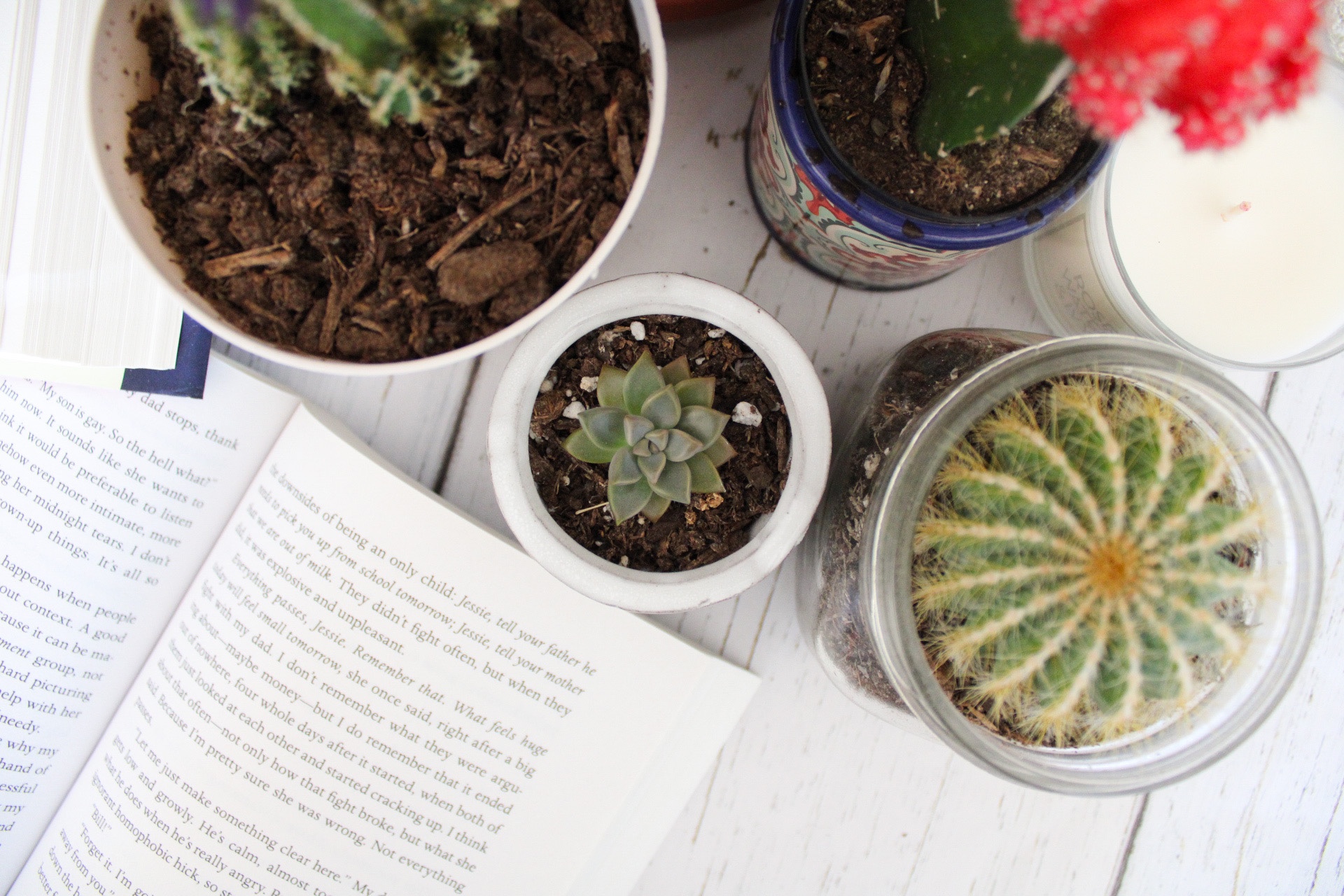When it comes to cultivating succulents, a playful yet vital question often arises: “Do I actually need to feed my succulent?” This query not only piques curiosity but also introduces a common conundrum faced by succulent enthusiasts. Understanding nutrient basics is crucial to ensuring that these hardy plants thrive in your care. Let us delve into the world of succulent nutrition, elucidating the essentials and dispelling common misconceptions along the way.
First and foremost, it is imperative to recognize that succulents are uniquely adapted to store water and nutrients within their leaves, stems, and roots. This remarkable ability allows them to survive in arid conditions where other plants might falter. However, the question of whether or not succulents require additional feeding is multi-faceted.
In essence, while succulents can survive with minimal nutrients, feeding them appropriately can enhance their vibrancy, growth, and overall health. The challenge, then, lies in determining the optimal approach.
Investigating Nutrient Requirements
Succulents typically thrive in nutrient-poor environments, which makes their feeding requirements different from more traditional houseplants. But, do they need an occasional nutrient boost? The answer depends on a myriad of factors, including the plant type, potting mix, and seasonal changes.
For instance, these plants often benefit from nutrient supplementation during their active growing season, typically in spring and summer. During this period, they utilize their energy to produce new leaves and flowers, which leads to increased nutrient demands. Conversely, during their dormant phase in fall and winter, their nutrient intake needs noticeably diminish.
Ingredients for Success: Essential Nutrients
The key to feeding succulents lies in understanding what they actually need. A balanced fertilizer designed specifically for cacti and succulents is often a prudent choice. These formulations typically contain essential nutrients, such as:
1. Nitrogen (N): Vital for healthy leaf development and overall plant vigor.
2. Phosphorus (P): Crucial for root development and flowering. It plays an essential role in the plant’s energy transfer processes.
3. Potassium (K): Enhances disease resistance and strengthens the plant’s cellular structure.
In addition to these primary macronutrients, trace elements like iron, manganese, and zinc are also beneficial in smaller quantities. These micronutrients contribute to overall health and support various physiological processes within the plant.
Choosing the Right Fertilizer and Application Technique
The multitude of fertilizers available can be overwhelming. When selecting a product, look for one that is low in nitrogen, as succulents do not require large amounts of this nutrient to thrive. Liquid fertilizers or slow-release granules are often the most effective for succulent care.
Application is equally crucial. Dilute liquid fertilizers to half the recommended strength and apply them sparingly, typically every four to six weeks during the growing season. Always ensure the potting mix is dry before feeding, as applying fertilizer to a saturated soil can lead to root burn or other complications.
Making the Most of Nutrient Timing
Timing is paramount when it comes to feeding succulents. As a rule of thumb, start your fertilization regimen in early spring, as the days lengthen and temperatures rise. Monitor your plants closely, as they may display signs of distress if over-fertilized, such as yellowing leaves or root rot. Recognizing these indicators and adjusting your care accordingly is essential to maintaining plant health.
A Feeding Alternative: Organic Options
If chemical fertilizers aren’t your style, consider organic options such as compost tea or worm castings. These alternatives offer a more holistic approach, enriching the soil with beneficial microorganisms that enhance overall soil health. However, like traditional fertilizers, moderation is key. Too much organic material can lead to nutrient imbalances or fungal growth, which can harm your succulent.
Checking for Nutrient Deficiencies
While a structured feeding regimen can bolster growth, one must also be vigilant for signs of nutrient deficiencies. These symptoms can range from stunted growth to discoloration. For example, if the leaves appear pale or chlorotic, your plant may be lacking in nitrogen or iron. On the other hand, if you notice small, dark spots on the leaves, it may signal potassium deficiency. Regular observation is crucial for identifying and addressing these challenges promptly.
Ultimately, the decision to feed succulents requires a thoughtful approach. Understanding your plants’ unique needs, the nuances of their life cycles, and the inherent challenges of nutrient management can set the stage for thriving, robust succulents.
In conclusion, while succulents are generally low-maintenance, providing the right nutrients at the right time can enhance their health and vitality. By embracing a knowledgeable feeding strategy and remaining attuned to their needs, you can cultivate an enviable collection of succulents that thrive with every season. Remember, in the world of plants, a little attention can go a long way towards flourishing greenery.





Leave a Comment